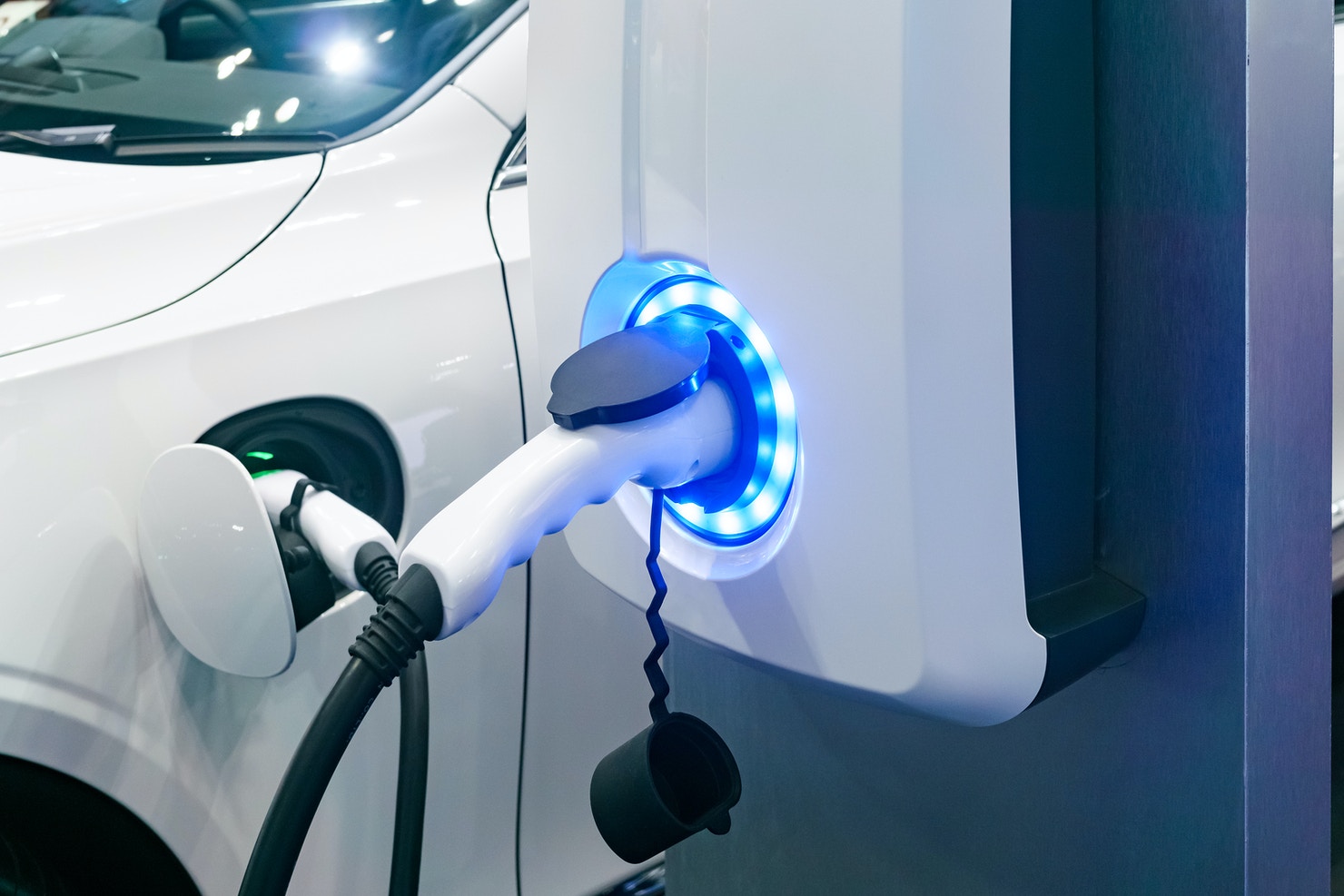Let’s embrace energy with insight
The march towards electrification of the Irish fleet now seems to be unstoppable. In July 2018 there were 7,647 electric vehicles on Irish roads, by June 2019 this had grown to 11,700 vehicles. As of August 2020, the number has grown to over 17,000.
In all of 2019 there were 3803 BEV’s (Battery Electric Vehicles) sold and to the end of August 2020 there were 2749 sold. So, even with the advent of Covid and the impact on the ability of car dealers to physically connect with customers the quiet clean revolution moves on.
As with any change there are the naysayers. Those who will point at the cost of electric vehicles, the materials used to make batteries and the sense that an older ICE car by virtue of the fact that it already exists is as inherently environmentally friendly as one which is being made afresh with all of the energy, materials and transportation that requires. There is also the question of where the electricity used to charge the car comes from. The national fuel mix for Ireland for those suppliers who don’t provide Green sourced electricity is currently as follows:
Coal |
6.8% |
|
Natural Gas |
38.5% |
|
Renewables |
48.9% |
|
Peat |
4.6% |
|
Other |
1.2% |
|
Total |
100% |
|
Environmental impact |
||
CO2 Emissions |
291 gCO2/kWh |
|
In this respect the naysayers may have a point. Powering your car from Carbon heavy electricity has an environmental cost. We will have cleaner and quieter cities but the environments around these generation plants will suffer the consequences. So maybe this revolution isn’t quite the environmental gamechanger we imagined.
Doing a deep dive into these figures throws up some interesting points. The Hyundai Kona EV averages (and bear with me while I use old money for the sake of comparison) 4.4 miles per kWh. So, for every mile travelled in a Kona powered by Carbon heavy electricity there is an output somewhere of 66 gCO2 per mile travelled. The 1.0 Litre petrol model pumps out 227 gCO2 per mile travelled.
Add to that the current costs of refuelling both using public access charging for the EV and forecourt pricing for the petrol version.
Current average pricing as of today (19/11/2020) is €1.2640 per litre, which equates to € 5.746 per gallon. The Kona Petrol averages 44.1 miles per gallon according to Hyundai and so the cost of a mile travelled is about 13 cent.
The Kona electric based on the current costs for public charging, which currently (taking an average between the lowest and the highest) are about 29 cent per kWh which has a cost per mile of about 6.6 cent per mile driven. Half price fuel but while cleaner, still not clean in reality if using carbon heavy electricity.
EV drivers like to make educated decisions when it comes to their vehicle choice, more environmentally aware and more motivated to do the right thing as they see it. So, as well as paying a premium for their vehicle they need to consider where they buy their electricity, which leads on to what could be the real revolution.
Home charging changes everything about owning an electric vehicle. With current domestic rates being in the region of 16 cent per kWh you can have your EV charged overnight and ready for the journey at a cost of 3.6 cent per mile driven. The average Irish car journey in 2016 according to CSO figures was just 17 km (10.6 miles). The Hyundai Kona has a claimed range of 258 miles. So, if you fully charge your Kona at home once per week (overkill most likely but let’s not forget the trips to the shop, to the granny, to school etc) your fuel costs are € 9.28 per week. That’s cheap motoring and should help you avoid trips to public chargers. But to really do the right thing you should choose one of the Green electricity suppliers. This will give you cheap motoring and in a truly environmentally friendly way. You can drop the CO2 per mile to a guaranteed zero.
The future of electricity is based on TOU (Time of Use Tariffs) where you will be rewarded for using electricity during off-peak times with incredibly low tariffs. Smart home chargers will have the ability to know when these tariffs are in play and will charge your car accordingly. There will come a time, and its months rather than years away, when you will be able to leave your car plugged in each night and the charger will work out what power is required to charge the vehicle and the most cost-efficient time to do the charging, driving down the costs of charging your EV at home even further.
Pinergy, the 100% Green Electricity provider, in association with Ohme, the smart charger company, will be bringing this technology to the market in Q1 of 2021. It will represent the cleanest, greenest, cheapest way for EV drivers to home charge their vehicles.

